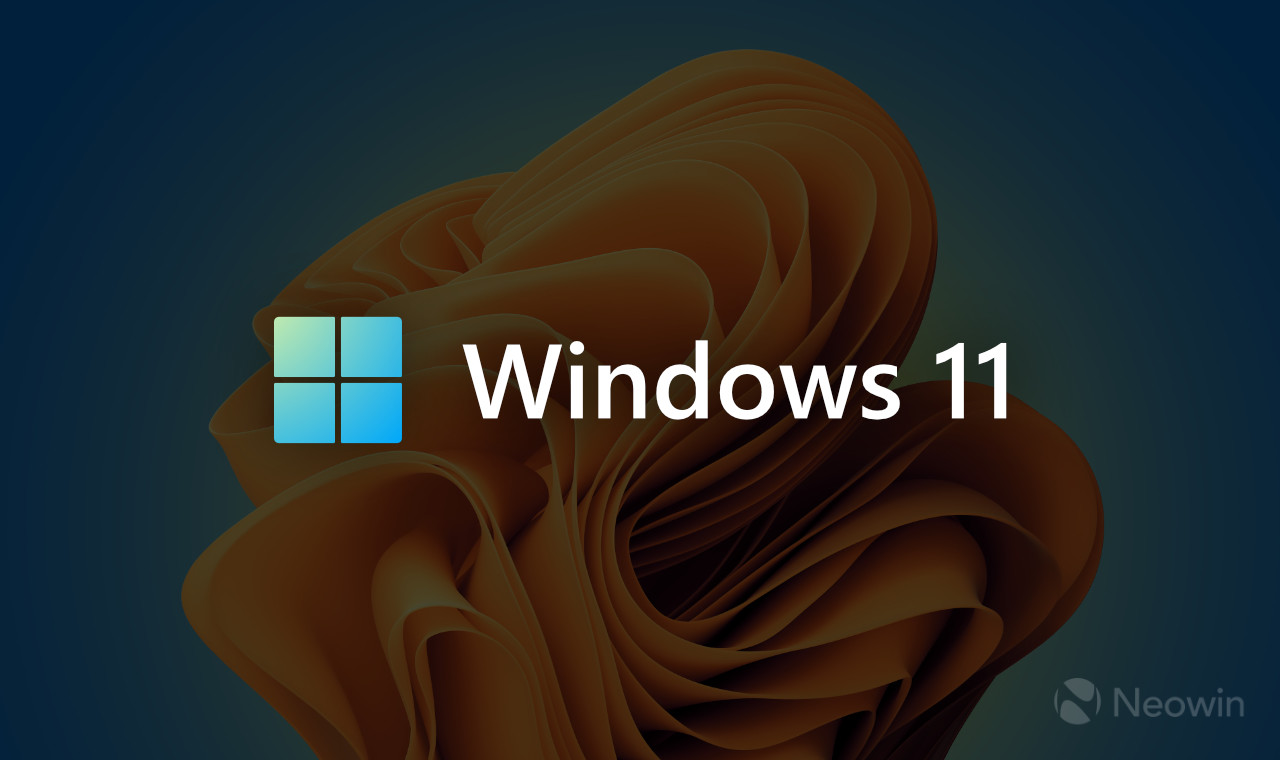Windows 11 brings a modern design, advanced features, and a smooth user interface, but many users find their systems becoming slower over time. Whether it’s due to startup programs, visual effects, or background services, performance issues can make daily computing frustrating. If you want to Speed up Windows 11, the good news is that the operating system offers many ways to optimize performance without sacrificing functionality. With WindowsGizmo Quick Performance Tips, you can unlock the full potential of your device and enjoy a faster, smoother Windows 11 experience.
Why Windows 11 May Feel Sluggish
When you first install Windows 11, everything feels fast and responsive. However, over weeks or months of use, you might notice delays. Extra background apps, heavy visuals, and resource-hungry processes can slow things down. To Speed up Windows 11, it’s important to understand that the operating system is designed for modern hardware. While it runs well on many PCs, optimization is often required to maintain peak speed. WindowsGizmo Quick Performance Tips explain that the issue isn’t always your hardware—it’s often the way the system is set up and maintained.
Startup Programs and Their Impact
One of the most common reasons for slow performance is the number of apps running at startup. Many programs add themselves to the startup list without asking, which can overwhelm your system the moment you turn it on. To Speed up Windows 11, managing startup apps is one of the simplest yet most effective strategies. WindowsGizmo experts suggest reviewing which applications you truly need at startup and disabling the rest. This ensures your system loads faster and is ready for use almost immediately after boot.
Optimizing Background Services
Windows 11 constantly runs services in the background, many of which you may not even notice. These can include update checkers, cloud sync processes, and unnecessary utilities. By reducing the number of active background services, you can Speed up Windows 11 without affecting core features. WindowsGizmo Quick Performance Tips recommend checking the Task Manager to identify high-resource background services and adjusting them. This keeps your system responsive, freeing up power for the tasks you care about most.
Visual Effects and Performance Balance
The look and feel of Windows 11 is one of its strongest features, with transparency, animations, and smooth transitions. However, these visual effects can also slow performance, especially on systems with limited resources. If you want to Speed up Windows 11, consider striking a balance between visual style and speed. Disabling unnecessary animations and transparency can noticeably increase responsiveness. With WindowsGizmo guidance, you can enjoy a sleek system without compromising performance.
Power Plans for Maximum Speed
Windows 11 includes power settings that directly influence performance. Many users unknowingly run their devices on balanced or power-saving modes, which limit CPU output and reduce speed. To Speed up Windows 11, switching to a high-performance plan can make a significant difference. WindowsGizmo Quick Performance Tips emphasize that while this setting may increase energy consumption, it ensures your PC runs at its full potential. For desktops and performance-oriented laptops, this adjustment is highly effective.
Storage Management and Disk Optimization
As your computer fills up with files, temporary data, and system updates, storage becomes a critical factor in performance. An overfilled drive can slow down both startup and application loading times. To Speed up Windows 11, regularly cleaning storage and maintaining free space is essential. WindowsGizmo experts recommend using built-in tools like Storage Sense to automatically manage temporary files and optimize your drives. On SSDs, maintaining free space helps preserve speed and system longevity.
Driver Updates and System Maintenance
Keeping drivers and system updates current is another way to Speed up Windows 11. Outdated drivers can cause performance issues, compatibility errors, and even crashes. WindowsGizmo Quick Performance Tips highlight that ensuring your graphics, chipset, and network drivers are updated can drastically improve responsiveness. In addition, regular Windows updates include performance patches and optimizations, so staying up to date is key to maintaining system speed.
Security Without Slowing Down
While antivirus software is critical for system safety, some tools consume excessive resources and slow down your computer. To Speed up Windows 11, choosing lightweight and efficient security solutions is essential. Windows Defender, built into Windows 11, offers strong protection while being optimized for performance. WindowsGizmo recommends relying on integrated solutions rather than heavy third-party programs that may bog down your system during startup and everyday use.
Memory and Virtual RAM Adjustments
If your system has limited RAM, multitasking may slow things down significantly. One way to Speed up Windows 11 is by optimizing virtual memory, which acts as an extension of physical RAM. By adjusting paging file settings, you can improve performance and reduce slowdowns when running multiple apps. WindowsGizmo Quick Performance Tips often suggest increasing virtual memory to match your system’s needs, ensuring a smoother experience even when handling demanding tasks.
Network and Online Performance
Performance isn’t only about offline tasks. Many users rely on fast internet for work, gaming, and streaming. Optimizing your network settings is another way to Speed up Windows 11. By updating network drivers, reducing background data usage, and prioritizing active connections, you can enjoy smoother online performance. WindowsGizmo highlights that improving internet responsiveness also enhances overall PC usability, as many apps depend on background syncing and online communication.
Long-Term Maintenance Habits
Applying changes once isn’t enough—regular maintenance is key to ensuring long-lasting performance improvements. To Speed up Windows 11 consistently, users should make a habit of cleaning storage, reviewing startup apps, updating drivers, and monitoring system health. WindowsGizmo Quick Performance Tips emphasize that preventive maintenance prevents future slowdowns. Just like maintaining a car, keeping your system optimized ensures reliable performance for years.
Conclusion
Windows 11 is designed to be fast, smooth, and efficient, but without proper adjustments, performance can lag over time. By learning how to Speed up Windows 11, you can take full control of your PC’s responsiveness. From startup optimization and visual effect management to storage cleanup and driver updates, every step contributes to a faster and smoother experience. With WindowsGizmo Quick Performance Tips, you have a practical guide to unlock the best performance from your device. By focusing on smart configurations and long-term maintenance, you’ll enjoy a system that feels new, responsive, and powerful every time you use it.



